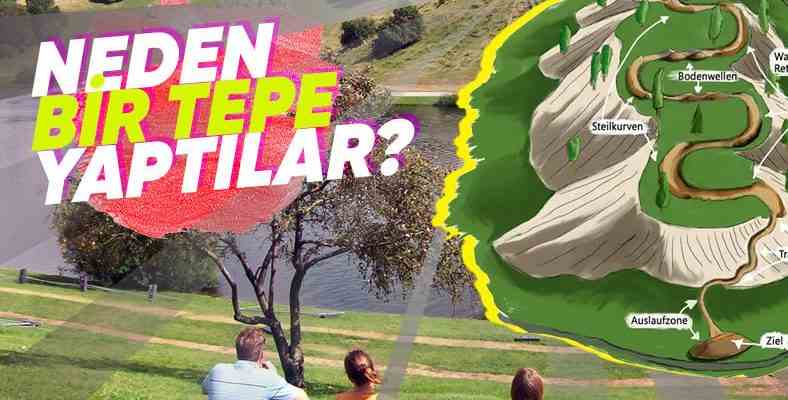Disasters such as wars, epidemics and earthquakes, which are experienced from time to time all over the world, bring many destructions. Germany, which suffered a great destruction during the Second World War, continues to exhibit the rubble remaining from the wreckage with its interesting method and draws attention to the evil of war and destruction.
Germany is one of the countries that suffered the most destruction after the Second World War. In fact, this destruction was so great that after the war it was nearly More than 400 million cubic meters of rubble, is taking over the country. However, this country covered with rubble is beginning to be transformed with an interesting method.
Germany, with the rubble from the wreckage Schuttberg (Wreck Hills) named after artificial hills it’s drying. In fact, it continues to remind the traces of the war every day by renewing these hills over time, turning them into a recreation area.
The city with 115-meter-high rubble peaks: Berlin
During the Second World War More than three hundred bomb attacks One-third of Berlin, which has visited, turns into a pile of rubble. And yet, many Schuttbergs, or Debris Hills, appear. Teufelsberg, on the other hand, becomes one of the largest rubble hills in Berlin with its height of 115 meters.
A city of military importance: Augsburg
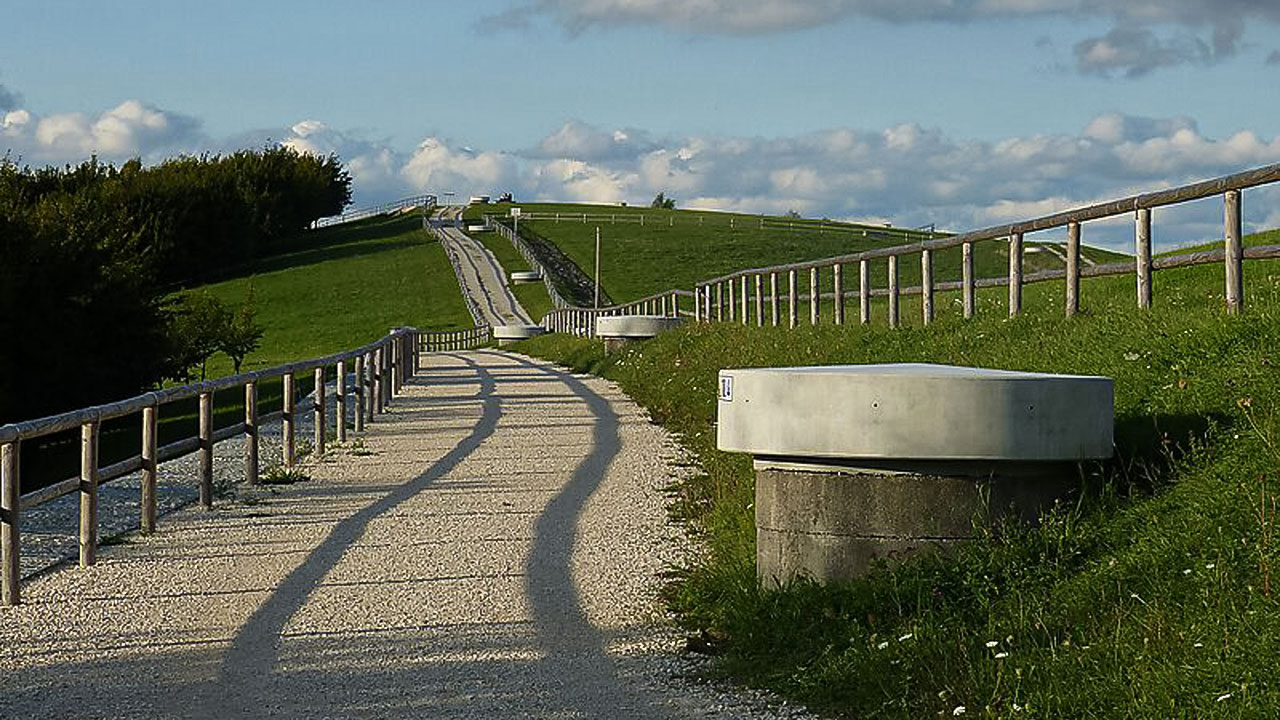
Augsburg, which has an important position with many military seconds, was bombed twice in 1942 and 1944. During these bombings 85,000 people become homeless and almost a quarter of the city is destroyed.
The rubble that was carried to the north of the city in time, A hill 55 meters high left to be created. This Schuttberg (Debris Hill), which remained a garbage heap until the 1980s, is converted into a recreation area with an extensive renovation project.
Cologne is one of the cities that was hit heavily during the war.
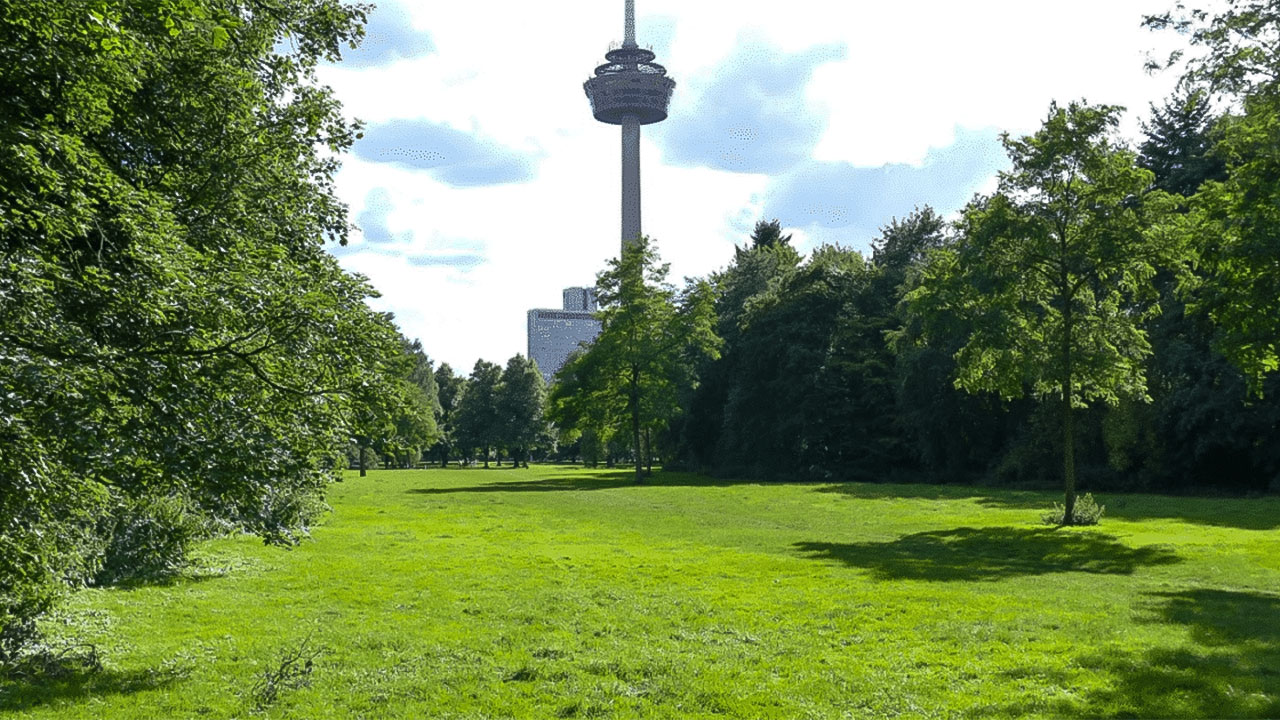
In Cologne, almost all of which has turned to rubble and rubble, the number of undamaged houses was only 300.
Of course, Schuttberg (Debris Hill) was created from this debris and rubble. Except for Herkulesberg, which is the largest pile of rubble at 25 meters high. about 11 Debris Hills created.
City bearing the inscription “Pray and remember those who died under mountains of debris”: Munich
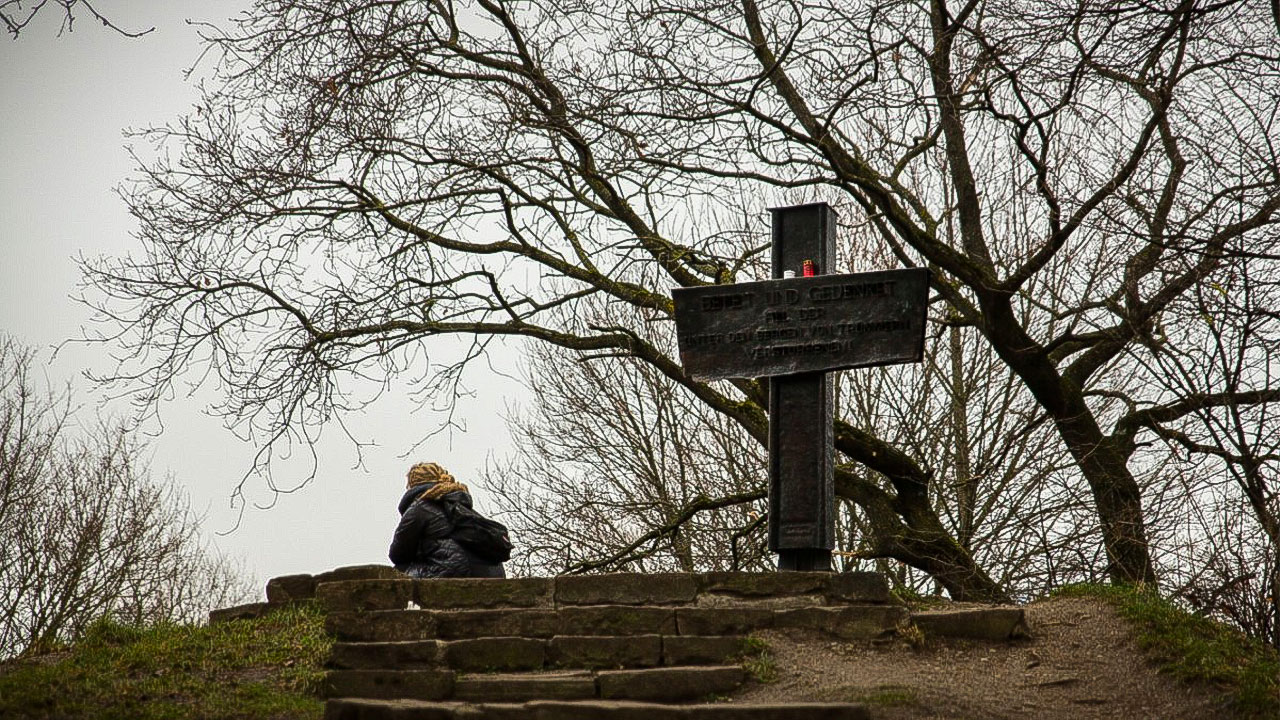
One of the cities with the Wreck Hills is Munich. However, after the battle, he crashed into the rubble hill in Luitpoldpark, a public park in Munich’s Schwabing-West district. a cross and inscription being dictated.
In that inscription “Pray and commemorate those who died under mountains of debris“. This Wreck Hill and monument, which allows us to learn lessons for the future from the remnants of the war, once again reveals the extent of the destruction.
War time, the city center was completely destroyed Stuttgart in 1953 and 1957. about 1.5 million cubic meters of rubble appeared.
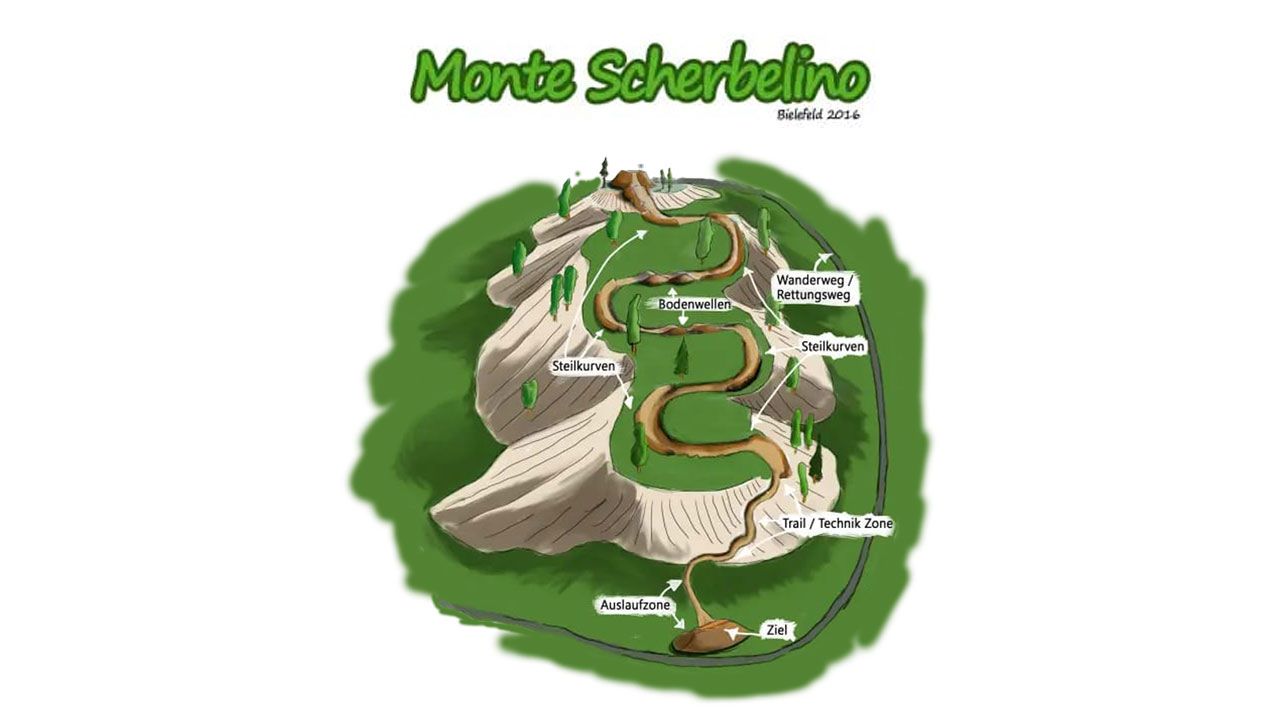
This rubble was moved to Birkenkopf at the top of the city. of the natives “Part Mountain” In Birkenkopf, which they call “Monte Scherbelino”, which means, of course, another gigantic Hill of Debris was formed.
The wreckage hills continue to keep the scars of the war alive today and in the future.
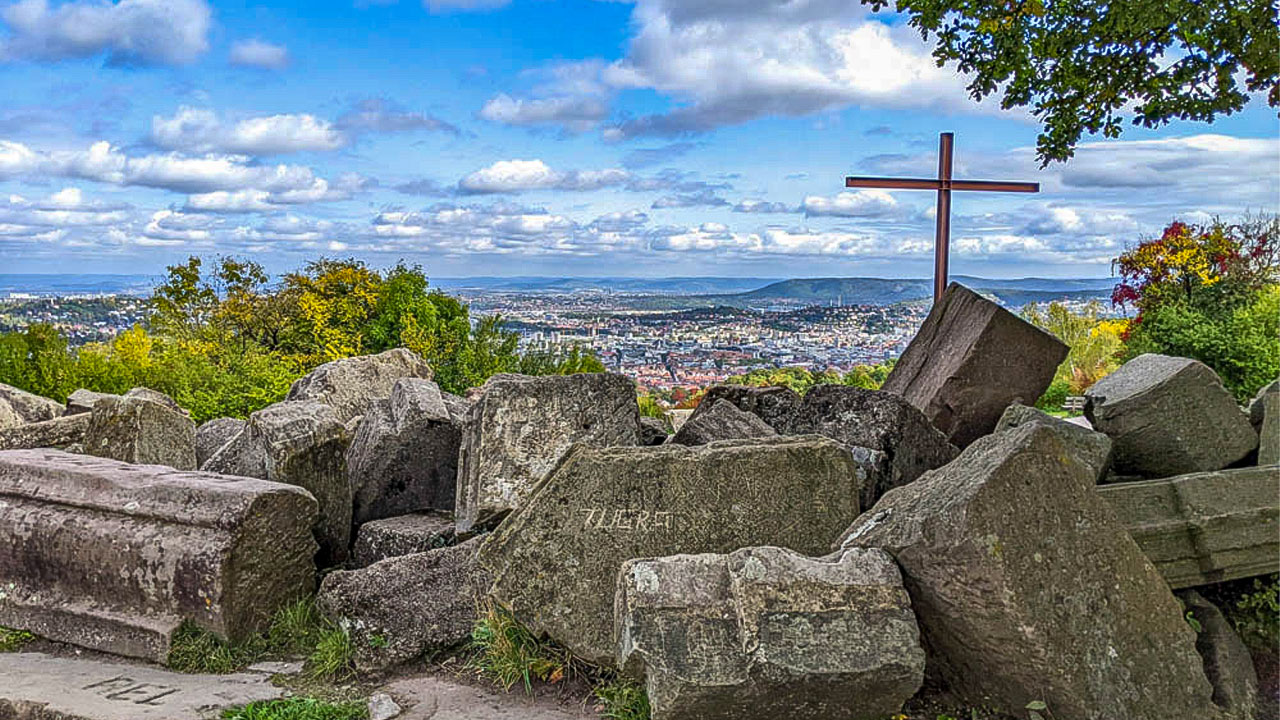
While the debris hills in many cities of Germany reveal the ravages of the war as a lesson for the future It leaves transformed monumental hills for everyone to visit and see.
found on a slab on the Birkenkopf hill.This mountain II. After World War II, cluttered from the ruins of the city, it stands as a monument to the victims and a reminder for the living.The article “in fact sums it all up…
RELATED NEWS
What Happens to Jewelery such as Gold from the Debris in the Earthquake Zone?
RELATED NEWS
